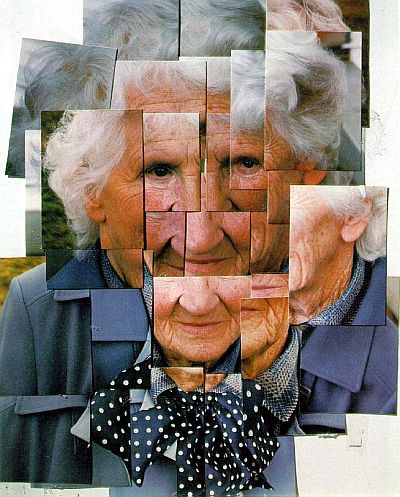I liked how the blue tones in the photograph served to unify the image. For example, the blue metal of the swing sets, the light blue sky, and the blue roofs in the distance. Likewise, line is an important concept in the image, because the viewer's eye travels down the chain of the swing, and then angles downward. Instead of purposefully blurring the photograph in order to illustrate motion, I chose to follow the path of the swing so the girl appears to be frozen in midair.
When I had initially taken the photo, there had been so much lens flare, overexposure, and motion blur that it had been difficult to make out the actual subject. So using Photoshop, I increased the contrast of the photograph so that the lens flare disappeared and the subject was clearly visible. Compositionally, I believe that shape is the most important concept in the photograph; the yellow circular handle, the girl's face, and her arms.
Contrast really seems to make this photograph more interesting to the viewer, at least in regard to color. The yellow, white, and blue volleyball stands out sharply against the green foliage of the trees, as does the white net and the man's shirt. Likewise, the repetition square shapes made by the net serve to separate the photograph into halves, making it more aesthetically pleasing to the viewer.




















